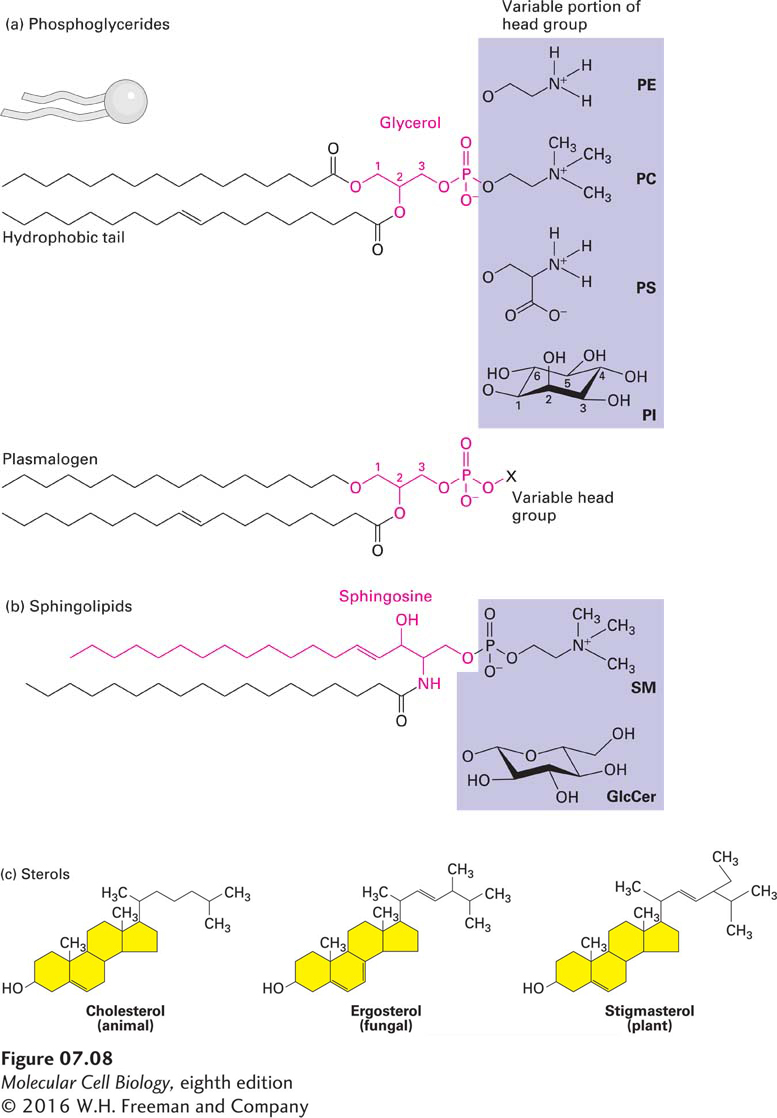
FIGURE 7- 3- r-